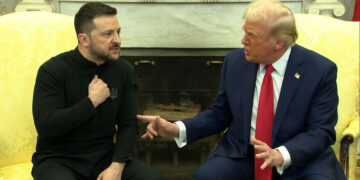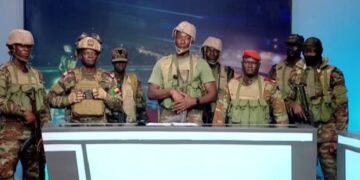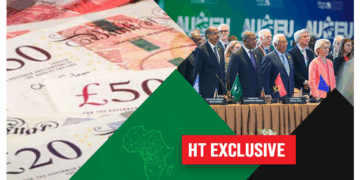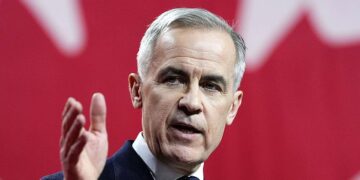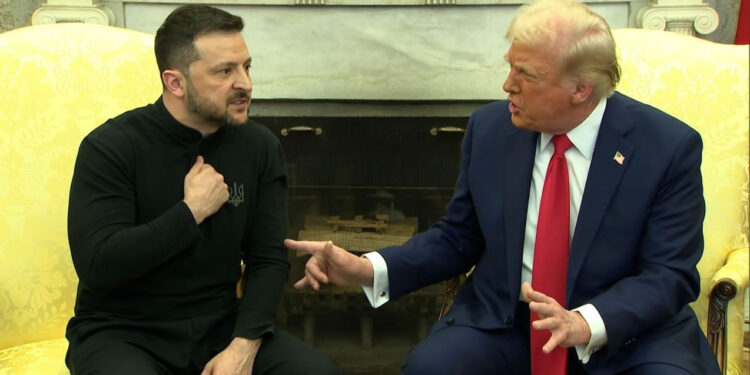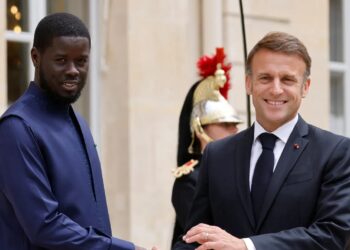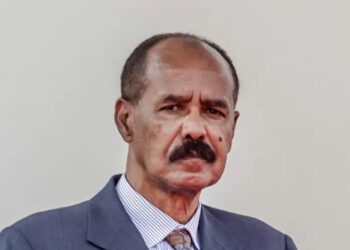The Trump administration has clarified its stance on Ukrainian strikes inside Russia, warning against attacks on Moscow just hours after reports revealed President Donald Trump had asked Ukraine’s leader Volodymyr Zelensky if his forces could hit the Russian capital.
There have been contradictory signals. Trump reportedly asked Zelensky in a July 4 call, “Can you hit Moscow and can you hit St. Petersburg too,” but the White House later insisted he was not encouraging such strikes and described it as a mere question. A new arms deal has been announced, with the United States set to send massive weapons shipments including Patriot systems, ATACMS, and ammunition. These supplies will be funded by NATO allies and arrive with no public range restrictions, unlike under Biden.
Russia has dismissed Trump’s 50-day ultimatum for peace. Former President Dmitry Medvedev mocked it as a theatrical ultimatum that Moscow would ignore.
The mixed messaging appears to reflect Trump’s strategy. He aims to push Putin to negotiate by threatening deeper strikes but remains wary of nuclear escalation. Ukraine’s limits are also clear. While Kyiv has struck Russian airbases with long-range drones, it lacks U.S.-approved weapons to hit Moscow, which lies 650 kilometers from Kharkiv and is beyond the range of ATACMS. Putin maintains a defiant stance and believes Russia can outlast Western pressure, seeing no serious peace talks underway.
Looking ahead, more Patriots and missiles will bolster Ukraine’s defenses and strike capabilities. Diplomatic gridlock persists, as Putin remains unwilling to concede and Trump’s deadline diplomacy faces major hurdles. The risk of escalation is also rising. If Ukraine receives longer-range missiles, the question will be whether the United States will greenlight strikes on Moscow.
